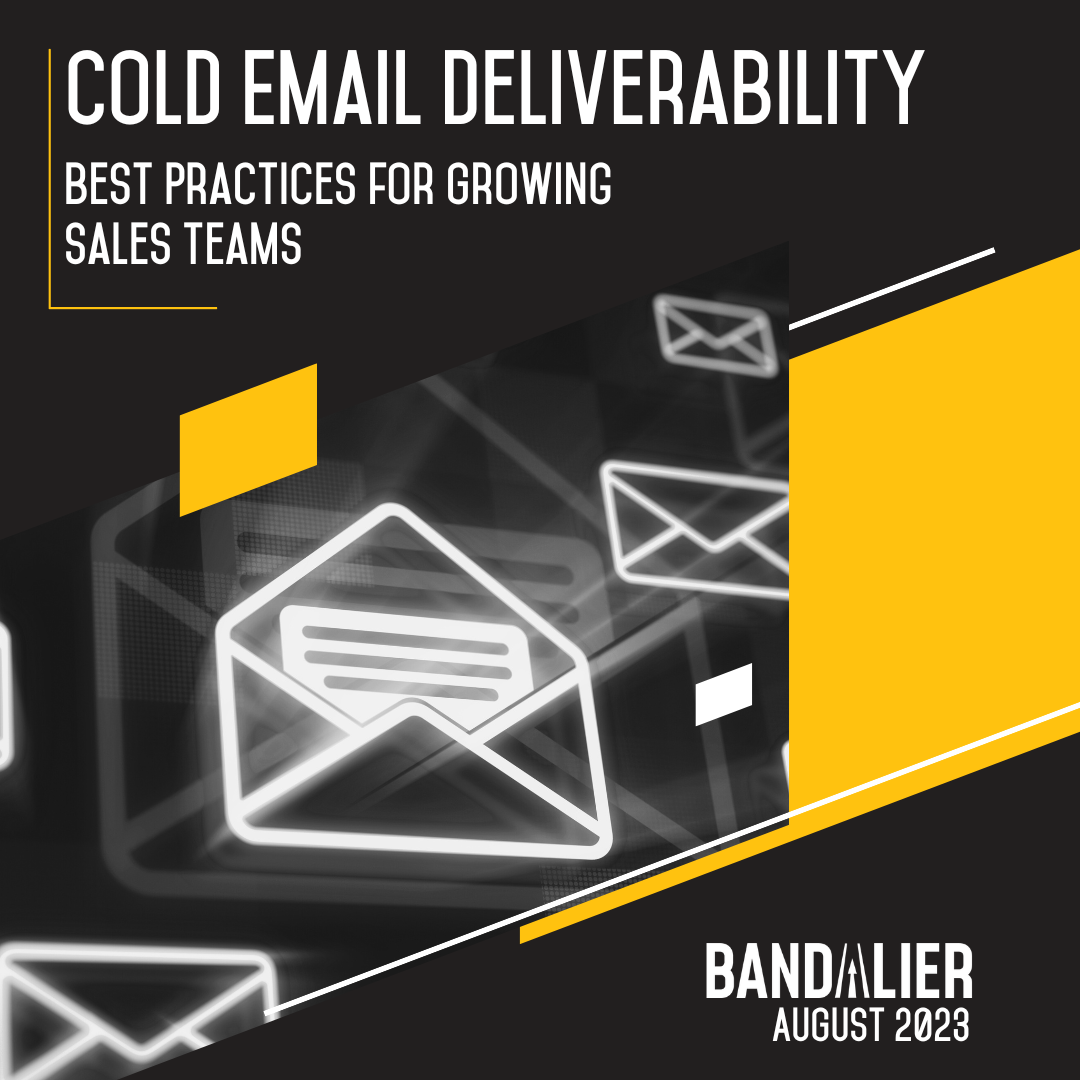Following the launch of OpenAI’s GPT-4 in March of 2023, discussions about the use of AI exploded. Will AI replace humans in sales? Which roles? How quickly?
Bandalier believes that AI will empower individuals, not replace them. Modern ‘AI’ is well-positioned to help people work more efficiently – but understanding how to use these tools is critical.
From ancient Greek stories of automatons to Mary Shelley’s Frankenstein, the concept of artificial intelligence has fascinated humans for hundreds of years. However, large language models and other forms of generative AI have only become accessible to consumers in the past decade.
Now, sales teams have the unique opportunity to benefit from implementing generative AI tools at each stage of the sales process. Our team is always looking for ways to improve our outreach, and we’ve seen promising results from our first experiments with AI. Large language models, like ChatGPT, allow salespeople to practice roleplays independently and quickly brainstorm new sales copy. Customized AI for sales forecasting accelerates your annual planning process; AI-enhanced browser extensions promise to accelerate the prospecting process. With so many opportunities for your team to ramp up their outreach faster, launching new AI-powered platforms seems like a simple choice.
However, referring to large language models and other tools powered by machine learning as “AI” is somewhat misleading. Modern machine learning applications are too narrow for these tools to truly meet the definition of artificial intelligence. Additionally, these platforms come with drawbacks: from data privacy concerns to issues with ‘hallucinations’, understanding the potential pitfalls of AI-powered tools is key to integrating them effectively.
Download your free copy to learn:
- How generative AI tools can augment your existing sales process
- What to be wary of when implementing new AI tools for sales
- Best practices for utilizing & implementing AI-powered platforms














